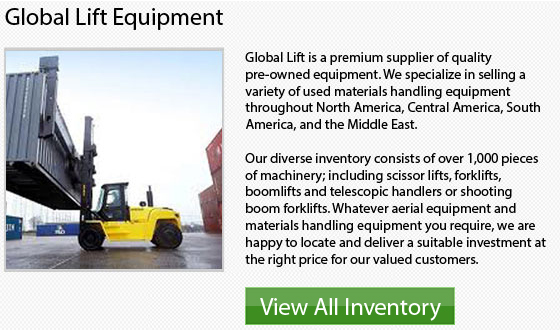
The number of choices that need to be made when choosing a brand new or used forklift can really be overwhelming, whether you are thinking of expanding your business fleet of lift trucks or if you are starting with your very first lift truck. There is such a wide array of alternatives such as IC or internal combustion engines, electric models or the latest hybrid lifts. Making time to know your requirements and get what you would like out of your machinery so as to facilitate loading and unloading applications for your dock or warehouse is truly crucial.
Of course a large consideration like with most big purchases is the upfront expense. Be sure to think about the long term cost connected with utilizing your forklift. For example, remember that your largest cost in this specific category is going to be the cost to fuel and run your lift truck.
Amongst the existing internal combustion lift trucks available on the market nowadays, the diesel model tends to provide some of the least expensive operating and fuel expenses. These forklifts could out-lift and out-power your regular electric lift truck without problems.
There are many pros and cons associated with diesel lift trucks just like there are with all lift truck units. The following is a brief guide for purchasing diesel lift truck models in order to help determine the model best for your needs and help you cut through the confusion. If you know about the potential pitfalls, you will be prepared to make an educated purchase.
More than likely the largest benefit enjoyed with diesel forklifts is their low operating cost. Normally, diesel is the cheapest fuel choice for internal combustion lifts. Though electric lifts are less costly in the long run, they don't necessarily work the best outdoors.
Conversely, though diesel forklifts are ideal for outdoor applications, they can't be used correctly indoors. The emissions from a diesel units could be hazardous if not correctly ventilated in an indoor warehouse. Moreover, diesel forklifts are significantly louder than their emission-free electric counterparts.